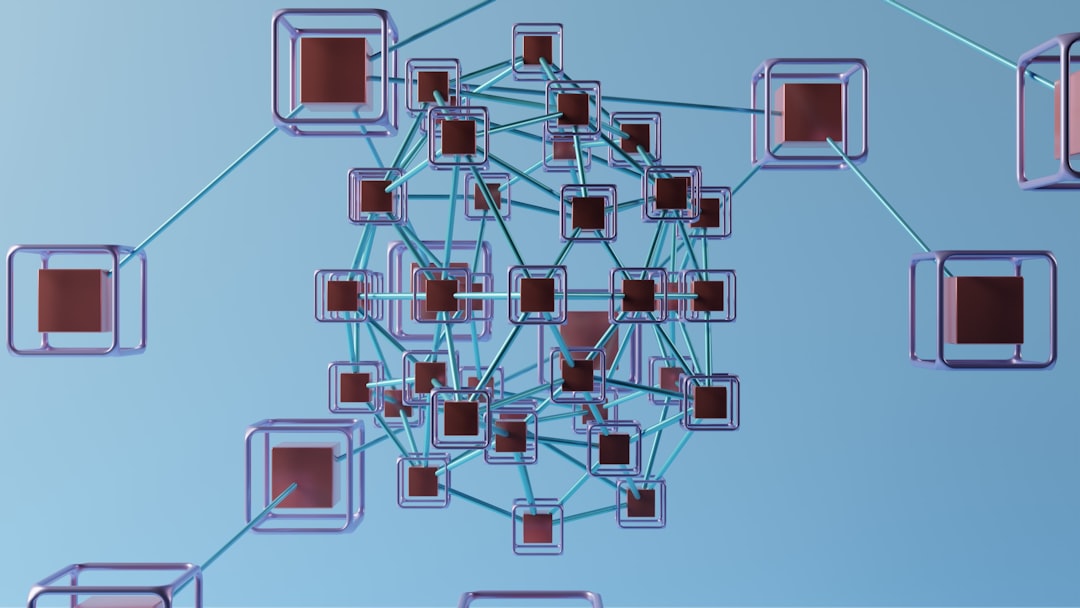
Backend Network Virtualization Patching Functionality for Seamless Integration
In today’s fast-paced digital landscape, the demand for seamless integration in backend network virtualization is more pronounced than ever. As organizations increasingly adopt cloud services and virtualization technologies, the Backend Network Virtualization Patching Functionality emerges as a crucial component that ensures smooth operations and continuous service delivery. This article explores the significance, current developments, and practical applications of this essential technology.
Understanding Backend Network Virtualization Patching Functionality
Backend network virtualization allows organizations to create virtual versions of their physical networks, enabling more efficient resource utilization. However, with the rapid evolution of technology, maintaining these virtual environments requires robust patch management strategies. The Backend Network Virtualization Patching Functionality is designed to automate and streamline the patching process, ensuring that all virtual components are up-to-date, secure, and compliant.
Key Benefits of Patching Functionality
-
Enhanced Security: Regular patching is vital for protecting against vulnerabilities. The Backend Network Virtualization Patching Functionality automates this process, reducing the risk of security breaches.
-
Improved Performance: By keeping software and firmware updated, organizations can optimize the performance of their virtual environments and reduce downtime.
-
Seamless Integration: This functionality ensures that all network components, both virtual and physical, work harmoniously together, minimizing integration issues and improving overall system reliability.
-
Regulatory Compliance: Many industries face strict regulatory requirements. Automated patching helps organizations maintain compliance by ensuring that all systems are up-to-date with the latest security features.
Current Developments in Patching Technologies
The landscape of backend network virtualization patching is constantly evolving. Recent advancements include:
AI and Machine Learning Integration
Artificial Intelligence (AI) and Machine Learning (ML) are playing a significant role in enhancing patch management. These technologies can analyze historical data to predict which patches are most likely to cause issues, allowing IT teams to prioritize their efforts effectively.
Containerization and Microservices
As businesses increasingly adopt containerization and microservices architectures, the need for dynamic and flexible patching solutions has become essential. Modern patching functionalities cater to these architectures, enabling automated updates without disrupting service delivery.
Cloud-Native Solutions
With the rise of cloud computing, patch management solutions are now being designed specifically for cloud-native environments. These solutions offer scalability, flexibility, and faster deployment times, which are essential for organizations operating in hybrid or multi-cloud scenarios.
Practical Applications of Backend Network Virtualization Patching Functionality
Several organizations have successfully implemented Backend Network Virtualization Patching Functionality to streamline their operations.
Case Study: Financial Services
A leading financial services firm faced significant challenges with downtime due to outdated systems. By implementing automated patching functionalities, they reduced downtime by 30%, improved performance, and enhanced their security posture. This transition allowed them to focus more on their core business activities rather than on maintenance.
Case Study: E-Commerce Platform
An e-commerce company struggled with frequent integration issues during peak seasons. By adopting a robust backend network virtualization patching solution, they ensured that all their systems were consistently updated and compatible. As a result, they improved customer satisfaction and increased their sales during critical sales periods.
Expert Opinions
Industry experts agree on the importance of adopting a proactive patching strategy. According to cybersecurity analyst Jane Doe, “Regular patching not only enhances security but also fosters operational efficiency. Organizations need to embrace automated solutions to stay ahead of potential threats.”
Conclusion
The Backend Network Virtualization Patching Functionality is essential for any organization looking to maintain a robust and secure IT infrastructure. By automating the patching process, businesses can ensure seamless integration, improve performance, and bolster their security posture.
For those interested in exploring this topic further, consider checking out resources such as VMware’s official documentation or Microsoft’s patch management guidelines.
By understanding and implementing effective patch management strategies, organizations can not only enhance their operational capabilities but also secure their networks against emerging threats.
If you found this article helpful, consider sharing it with your network or subscribing to our newsletter for the latest updates on technology trends and innovations.


